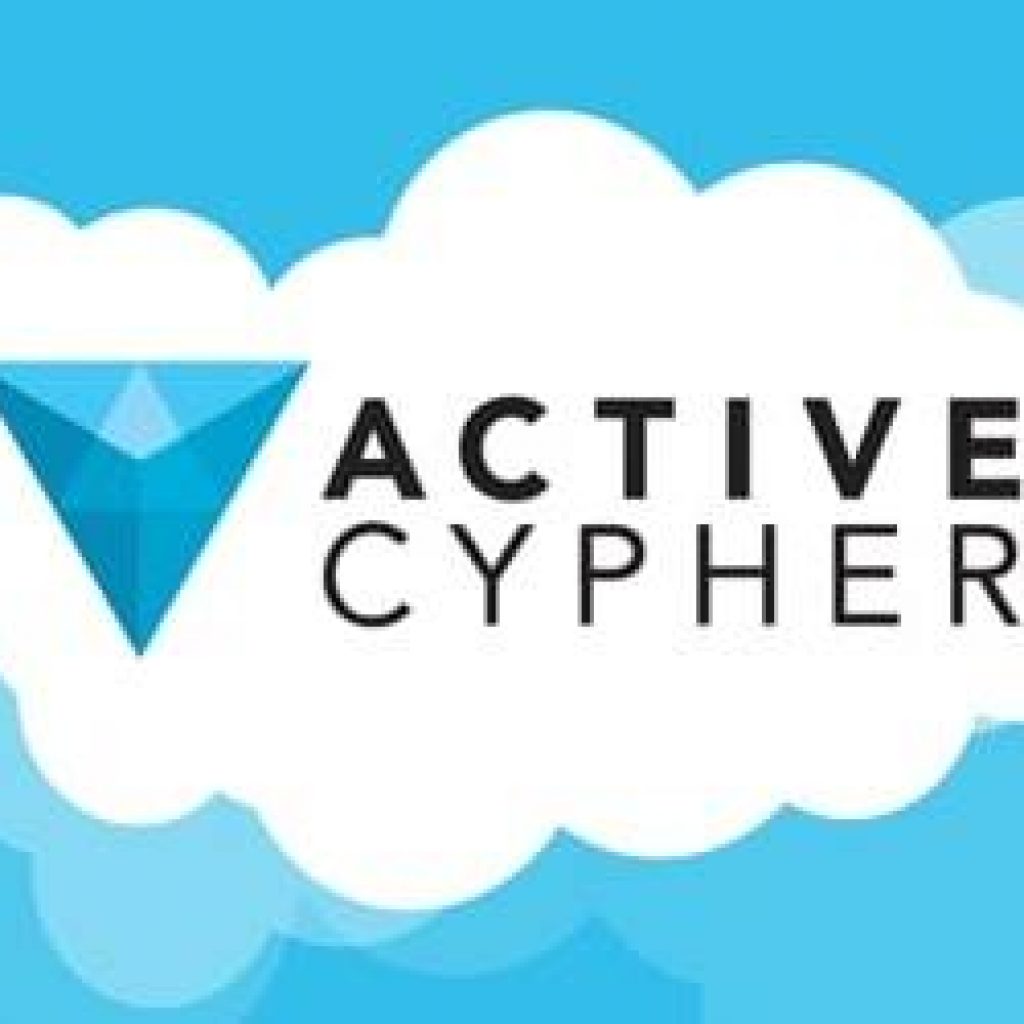(IDG.Connect) Recently Dan Gleason, CTO of cybersecurity startup, Active Cypher added his voice to the quantum noise by building a very simple password-cracking “quantum emulator”. Called QUBY, it cost $600 in hardware parts, took a week a build and aimed to reveal just how close the cracking of conventional encryptions such as AES/RSA could be.
QUBY in its current form is very basic and consists of just two graphic cards in a backpack. This gives it very limited capabilities, like defeating older encryptions standards, such as DES. And as this was only a demonstration, Gleason didn’t build out the features like wifi-sniffers and RFID scanners, which would make it more useful to a cybercriminal.
Despite these limitations, however, this device does show what cybercriminals are capable of making – and expanding upon – at home. And Gleason wants to take the experiment further by testing new iterations, with larger cracking powers, to better demonstrate the threat to some of today’s weaker encryption schemas. The aim is to come to a more precise date of “certain encryption sunsets,” he explains.
Active Cypher’s Simple Password-Cracking ‘Quantum Emulator’
